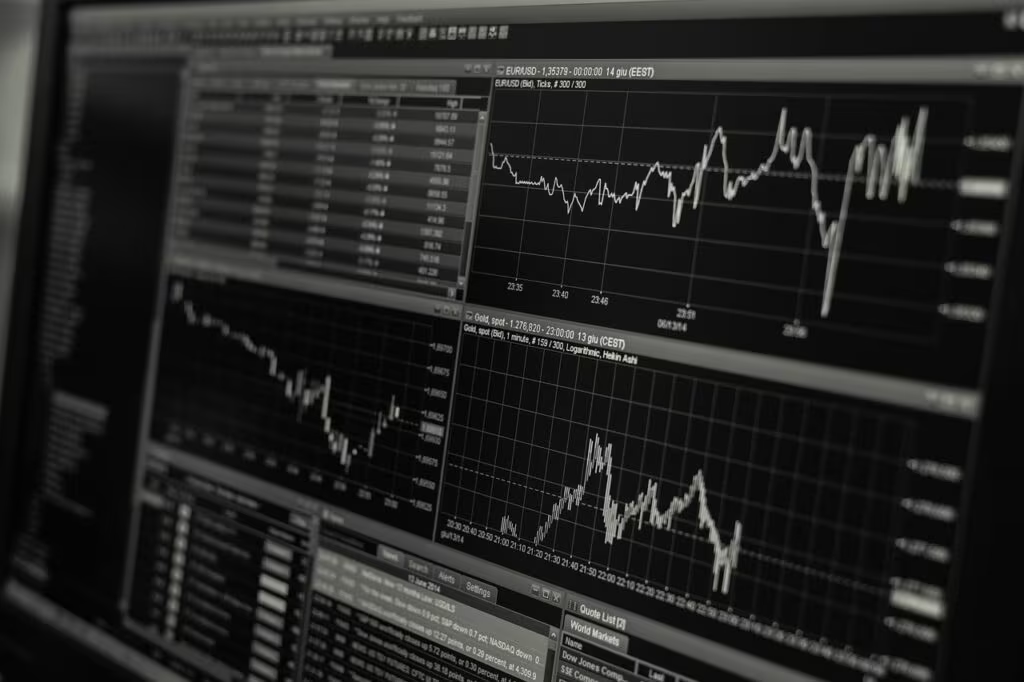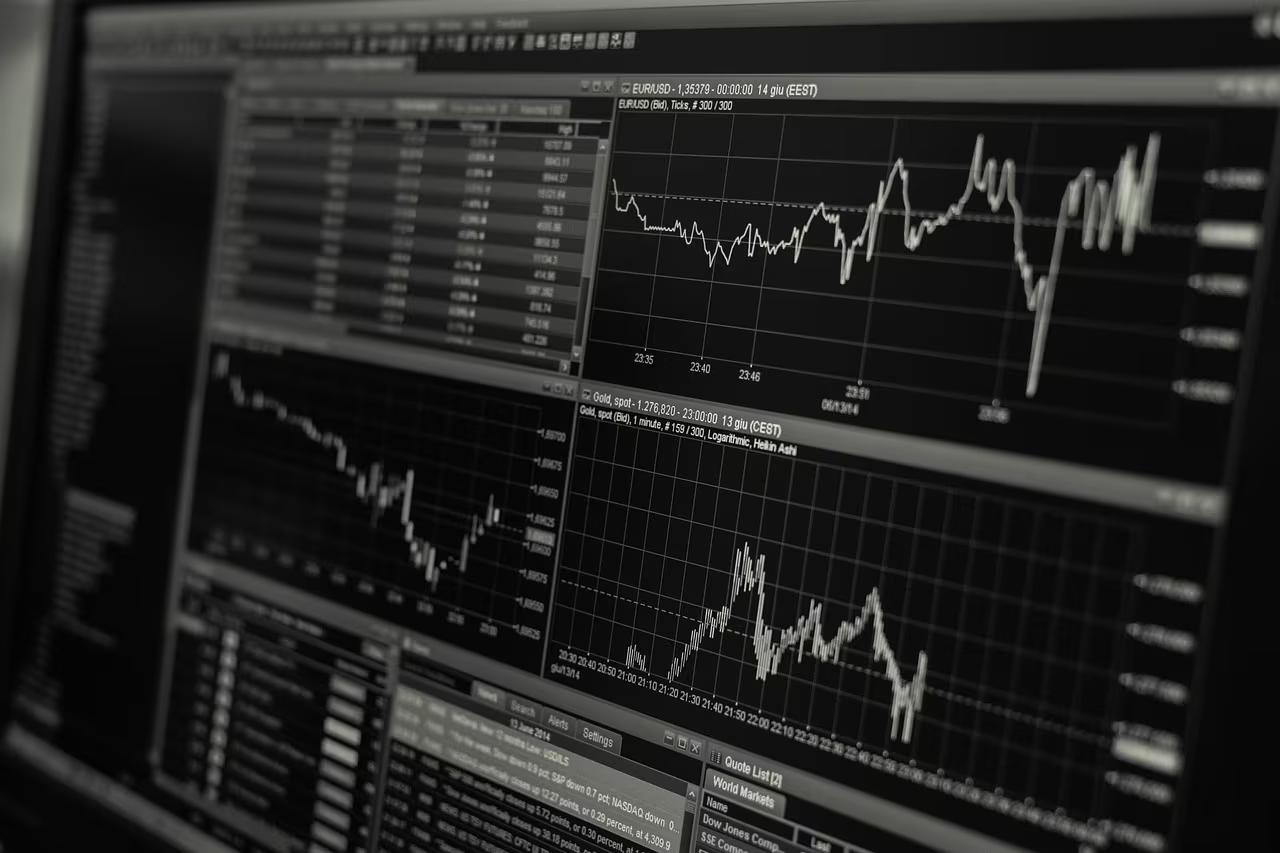North Asia Leads Global Rally While China’s Recovery Remains Muted
The start of the week saw a significant divergence across Asian equity markets, underscoring the regional divide driven primarily by global technology sentiment. On Monday, the Nikkei 225 in Japan and the KOSPI in South Korea posted robust gains, fueled by a strong rebound in the semiconductor and electronics sectors. Conversely, mainland Chinese stocks remained largely flat, failing to capitalize on mildly encouraging domestic inflation data.
This market action highlights the current investment thesis: North Asian economies, deeply integrated into the global tech supply chain, are benefiting from renewed optimism surrounding artificial intelligence and chip demand, while China continues to grapple with structural economic challenges and weak domestic confidence.
The Technology Engine: Japan and South Korea Soar
The bullish sentiment in Tokyo and Seoul was a direct continuation of momentum seen in the U.S. markets, particularly among major technology and chip-related companies. Investors poured capital back into high-growth tech names, anticipating strong earnings reports driven by the ongoing demand for advanced computing power.
Japan’s Nikkei 225 Performance
The Nikkei 225 index climbed approximately 1.5%, pushing the benchmark index closer to its recent multi-decade highs. The gains were highly concentrated in companies critical to the global chip manufacturing ecosystem.
Key contributors to the Nikkei’s surge included:
- Tokyo Electron: The chip-making equipment giant saw its shares rise sharply, reflecting its crucial role in supplying tools for advanced semiconductor fabrication.
- Advantest Corp: A leading provider of semiconductor testing equipment, Advantest mirrored the positive sentiment, with its stock price benefiting from increased capital expenditure forecasts by global chip manufacturers.
South Korea’s KOSPI Rally
Similarly, the KOSPI index in Seoul advanced by around 1.2%. South Korea’s market is heavily weighted toward memory chip producers and consumer electronics, making it highly sensitive to global tech cycles.
Leading the charge were the nation’s technology titans:
- Samsung Electronics Co., Ltd.: The world’s largest memory chip and smartphone maker experienced significant buying interest.
- SK Hynix Inc.: A major player in high-bandwidth memory (HBM) chips—essential for AI applications—saw its stock continue its upward trajectory, cementing South Korea’s position as a key beneficiary of the AI boom.

China’s Muted Response to Inflation Bump
In stark contrast to its northern neighbors, mainland Chinese equities showed little enthusiasm. The CSI 300 index, which tracks the largest stocks listed in Shanghai and Shenzhen, remained largely flat, registering a marginal change of approximately -0.1%.
This muted reaction occurred despite the release of economic data that suggested a slight stabilization in consumer prices, a key metric watched by policymakers.
The Inflation Picture
Data released on Monday indicated a mild improvement in China’s inflation landscape:
| Metric | Current Reading (Year-on-Year) | Implication |
|---|---|---|
| Consumer Price Index (CPI) | +0.3% | Slight return to positive territory, easing deflation fears. |
| Producer Price Index (PPI) | -1.5% | Deflation in the factory gate prices eased, suggesting stabilization in industrial demand. |
While the slight rise in CPI and the narrowing of PPI deflation were technically positive signs—suggesting that the massive government stimulus measures might be slowly taking hold—the market’s lack of response signals deeper structural concerns.
Why the Market Lagged
Expert analysis suggests that the mild inflation bump was insufficient to overcome persistent anxieties:
- Weak Domestic Demand: Despite the CPI improvement, consumer confidence remains fragile, and spending has not rebounded aggressively enough to warrant a major market shift.
- Property Sector Crisis: The ongoing crisis in the real estate sector continues to weigh heavily on investor sentiment, overshadowing positive data points.
- Policy Uncertainty: Investors are seeking more decisive, large-scale stimulus measures rather than incremental improvements, leading to a cautious stance on Chinese assets.
“The market needs to see a fundamental shift in consumer behavior and a clear resolution path for the property sector before it can sustain a rally,” noted one regional strategist. “A 0.3% CPI reading is a step, but it doesn’t change the underlying narrative of cautious growth.”

Broader Regional Performance
Other major markets across the region also reflected the mixed global outlook:
- Australia (ASX 200): The index posted modest gains, rising around 0.4%, supported primarily by the mining and financial sectors.
- Hong Kong (Hang Seng Index): The index experienced volatility but generally tracked the mainland’s performance, ending the day slightly lower.
- Currency Movements: The Japanese Yen saw some strengthening against the U.S. dollar, reflecting the increased risk appetite for Japanese equities, while the South Korean Won also firmed up.
This regional performance underscores a clear bifurcation: markets tied to global technological advancement are thriving, while those reliant on internal growth and structural reforms, like China, face continued headwinds.
Key Takeaways for Investors
For investors monitoring Asian markets, Monday’s trading session delivered several critical insights:
- Tech Dominance: The global technology cycle remains the most powerful driver in North Asian markets (Japan and South Korea).
- AI Exposure is Key: Companies involved in the AI supply chain, particularly semiconductor manufacturers, are commanding premium valuations.
- China’s Hesitation: Chinese markets require more than incremental data improvements; significant policy intervention and resolution of the property crisis are necessary to restore investor confidence.
- Diverging Fundamentals: The correlation between the Nikkei/KOSPI and U.S. tech indices is currently stronger than the correlation between North Asia and mainland China.
Looking Ahead: Focus on Earnings and Central Banks
As the week progresses, market attention will shift toward upcoming earnings reports from major global tech firms, which will either validate or challenge the current tech rally. Furthermore, commentary from regional central banks will be scrutinized for any hints regarding monetary policy adjustments in response to inflation trends and economic growth forecasts. The persistent weakness in the Chinese market suggests that investors will remain highly selective, favoring high-quality, globally exposed growth stocks over broader emerging market exposure for the immediate future.
Original author: Ambar Warrick
Originally published: November 10, 2025
Editorial note: Our team reviewed and enhanced this coverage with AI-assisted tools and human editing to add helpful context while preserving verified facts and quotations from the original source.
We encourage you to consult the publisher above for the complete report and to reach out if you spot inaccuracies or compliance concerns.

